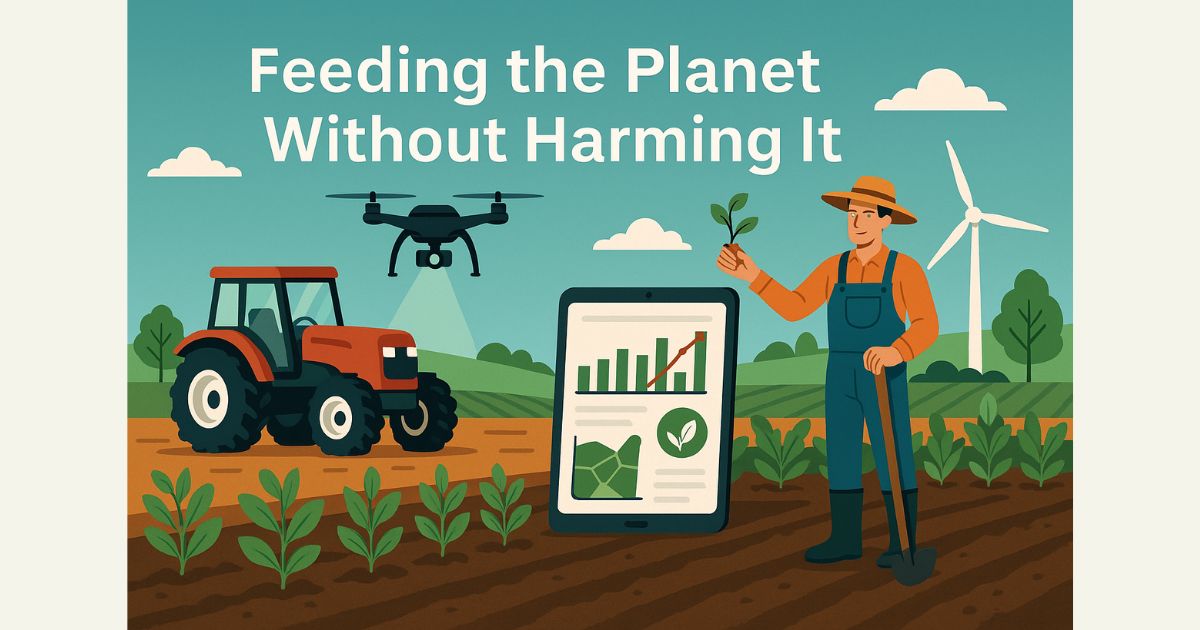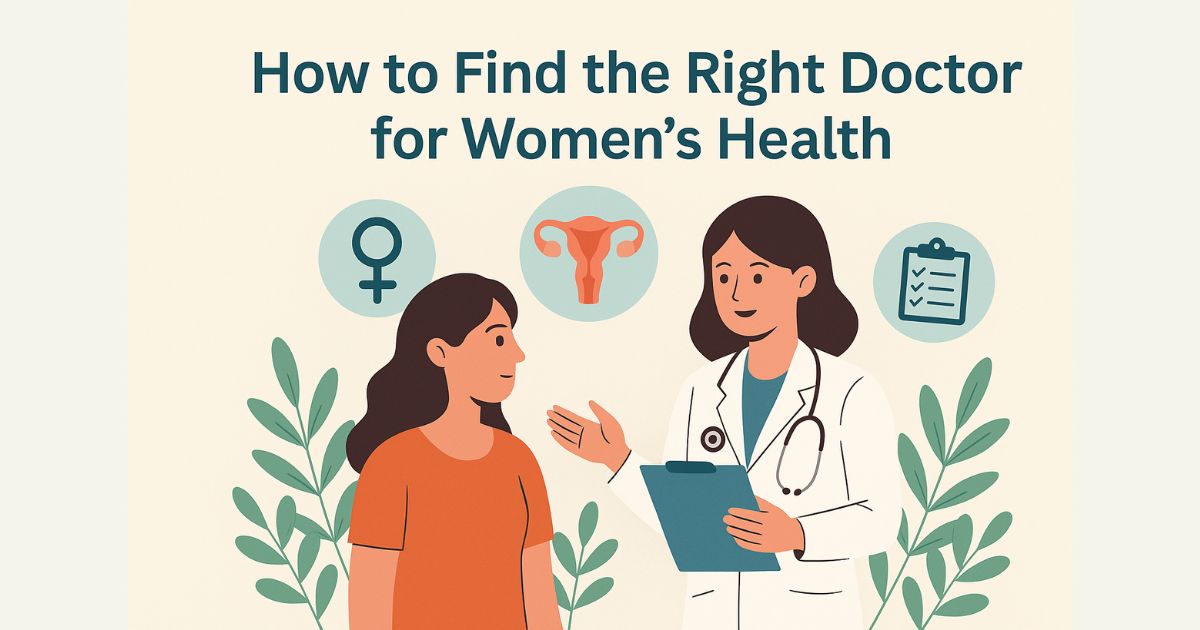Feeding the Planet Without Harming It

Feeding a growing global population while protecting our planet is one of the most critical challenges of our time. As climate change intensifies, natural resources become scarcer, and consumer demands evolve, the agriculture industry is under immense pressure to adapt. The key to a productive and resilient future lies in the seamless integration of technology and ecology—what we call Sustainable Farming Solutions.
Agritech is revolutionizing how food is produced, distributed, and consumed. By leveraging data-driven tools, AI-powered insights, and precision farming technologies, farmers are now equipped to grow more with less. However, the shift isn’t just about maximizing output; it’s about doing so responsibly, ensuring that today’s agricultural practices do not compromise the ability of future generations to meet their needs.
The Environmental Cost of Conventional Farming
Traditional agriculture methods, while successful in feeding billions, have come at a steep environmental cost. Overuse of synthetic fertilizers and pesticides, aggressive tilling, and inefficient irrigation techniques contribute to soil degradation, water pollution, and greenhouse gas emissions. In fact, agriculture accounts for approximately one-quarter of global emissions, making it both a contributor to and a victim of climate change.
Moreover, monocropping—the practice of growing a single crop year after year—exhausts soil nutrients and encourages pests, creating a cycle of dependency on chemical interventions. This not only undermines long-term soil health but also threatens biodiversity.
Tech-Driven Farming: A Path to Regeneration
Enter agritech—a convergence of agriculture and cutting-edge technology that enables smarter decision-making and resource optimization. Software platforms now provide farmers with real-time data on weather conditions, soil moisture, pest activity, and crop health. These insights empower growers to take timely, targeted action that improves yield and conserves resources.
One standout innovation is precision agriculture, which uses GPS, sensors, and satellite imagery to manage field variability. By applying water, fertilizers, and pesticides only where and when needed, farmers reduce waste and environmental impact while enhancing productivity.
Another promising development is drone technology. Drones equipped with multispectral cameras can scan fields to detect disease, nutrient deficiencies, or water stress before visible symptoms emerge. This allows for proactive intervention, reducing crop loss and minimizing chemical use.
Regenerative Practices Meet Digital Innovation
While technology is a powerful enabler, sustainable agriculture also hinges on adopting regenerative practices that restore and maintain ecosystem health. Techniques like crop rotation, cover cropping, no-till farming, and integrated pest management (IPM) improve soil structure, enhance carbon sequestration, and promote biodiversity.
Pairing these methods with digital tools amplifies their impact. For instance, farm management software can track soil health metrics over time, suggesting when and where to rotate crops for maximum benefit. AI models can recommend specific cover crops based on regional data and historical performance.
This synergy between tradition and innovation is key to reducing agriculture’s carbon footprint while maintaining profitability.
Reducing Food Waste Through Smart Supply Chains
Sustainability doesn’t stop at the farm gate. One-third of all food produced globally is wasted, much of it due to inefficiencies in storage, transport, and distribution. Agritech platforms are stepping in to streamline supply chains, enhance traceability, and connect farmers directly with markets.
Blockchain technology, for example, offers a tamper-proof record of a product’s journey from field to fork. This ensures transparency, reduces spoilage, and builds trust between producers and consumers. Additionally, smart logistics tools can optimize routing and inventory management, reducing emissions and operational costs.
For smallholder farmers, mobile apps provide access to real-time pricing, weather forecasts, and financial services, helping them make informed decisions and minimize post-harvest losses.
Data-Driven Sustainability Metrics
Measuring the success of sustainable agriculture requires clear, actionable metrics. Agritech software plays a crucial role in collecting and analyzing this data. From monitoring carbon emissions and water usage to tracking soil organic matter and biodiversity indicators, these platforms provide a holistic view of farm performance.
Many solutions now include dashboards that visualize key sustainability metrics, enabling farmers to benchmark progress and share verified data with stakeholders—whether they’re certification bodies, consumers, or supply chain partners.
These insights not only foster accountability but also open up access to green financing and sustainability-linked incentives.
Empowering Farmers Through Education and Access
Technology alone isn’t enough. Ensuring widespread adoption of sustainable methods requires education, training, and equitable access. Agritech companies are increasingly investing in farmer support programs, including e-learning modules, virtual field demonstrations, and peer-to-peer knowledge sharing.
By democratizing access to tools and information, these initiatives help bridge the digital divide and empower farmers at every scale—from large commercial operations to smallholder farms—to transition toward more sustainable models.
The Role of Policy and Private Sector Partnerships
Creating an enabling environment for sustainable agriculture also involves supportive policy frameworks and cross-sector collaboration. Governments can incentivize adoption through subsidies for precision equipment, grants for regenerative practices, and carbon credit schemes.
Meanwhile, partnerships between agritech firms, food corporations, NGOs, and research institutions can accelerate innovation and scale impact. These collaborations are instrumental in developing and testing new technologies, sharing best practices, and ensuring that sustainability efforts are grounded in both science and practicality.
A Call to Collective Action
Achieving food security without compromising planetary health demands collective action. Farmers, technologists, policymakers, and consumers all have a role to play. Agritech offers powerful tools—but it’s the commitment to Sustainable Farming Practices, guided by both ethical and environmental principles, that will shape the future of food.
By embracing innovation while respecting the natural systems that sustain us, we can feed a growing population, restore degraded ecosystems, and build a resilient agricultural economy.
Conclusion
Feeding the planet without harming it isn’t just possible—it’s essential. As we confront the twin crises of climate change and food insecurity, agritech provides a path forward. Through smarter systems, regenerative techniques, and inclusive growth, we can cultivate a world where agriculture nourishes both people and the planet.




